Soldering is the process of using a metal alloy with a low melting temperature (solder) to Fuse the the electrical contacts of a component to the pads of a circuit board. Proper soldering maximizes the strength and conductivity of the connection. Poor soldering can result in weak connections, higher resistance that causes heat buildup at the connection, and possible failure of the component.
The type of components and the pads to which they will be attached dictate the appropriate soldering method. The correct amount and duration of heat to be applied is a function of the heat transfer characteristics of the component, the circuit board, the solder pads, the solder and flux, and the environment, in which the soldering takes place. For this reason, effective soldering requires reasonably controlled. Some experimentation is usually required to determine the optimal conditions for each application.
General Soldering Guides
All soldering applications require the following considerations:
* Preparation - Clean connections are essential to soldering. Clean connection maximize the ability of the solder to adhere uniformly to the joint surfaces ((welting).
* Soldering Method - The component type and size and your specific application determine the soldering method.
* Materials Selection - The component contacts, circuit board pads, solder,and flux materials must be compatible with soldering method.
* Maximum Temperature - The soldering materials and method determine the temperature profile. All components must be able to withstand the maximum exposure temperature of the soldering operation for specified time and duration.
Manual (Hand) Soldering Technique
While the amount of solder, and the amount and duration of heat to be applied are application-specific, the following general hand-soldering guidelines will lead to consistent and reliable solder connections. A hot air gun is proffered for even heat application and control. The following techniques applies to hand soldering of surface mount components using solder wires and soldering iron.
Preparation
Before beginning to the soldering process, identify the solder composition
and flux type. The solder type dictates the appropriate temperature of the soldering iron tips. Use small diameter wire solder for soldering small SMT components.
Select an appropriate size tip before heating the soldering iron for a fine work result. Clean the tip of any oxidation or contamination. Place a sponge soaked in cold water, nearby for frequent tip cleaning between soldering operations.
Clean the electronic component's contact/leads and the circuit board pads of any contamination or residue.
Hot Air Gun and Soldering Iron Temperature Settings
Hot air temperature temperature tends to be variable when working on any SMD components various Mobile Phones Products used different kinds of solders, check the manufacturer recomendations for specific solder types. The solder manufacturer may only provide the melting temperature range, so you may have to experiment to determine the appropriate temperature.
The amount temperature on Hot Air gun commonly setting is between 250-350 degrees Celsius.
While soldering iron is between 200 to 280 degree Celsius.
Chip Resistors
The component body of chip resistors is made out of alumna; an extremely hard, white colored material. The resistive material is normally located on the top. Chip resistors are usually mounted with the resistive element facing upwards to help dissipate heat.
These components are constructed from several layers of ceramic with internal metallized layers. Because metal heats up much faster than ceramic, ceramic capacitors need to be heated slowly to avoid internal separations between the ceramic and the metal layers. Internal damage will not generally be visible, since any cracks will be inside the ceramic body of the component.
NOTE
Avoid rapid heating of ceramic chip capacitors during soldering operations.
|
Another style of chip component has a molded plastic body that protects the internal circuitry. There are a number of different types of components that share this type of exterior package. The termination styles for plastic chip component packages vary considerably.
MELF
MELF - Metal Electrode Face cylindrical components. These may be capacitors, resistors, and diodes. It can be hard to tell them apart - since there is no universal coloring or component designators printed on the component bodies.
Replacing SMD Component on Printed Circuit Board
De-soldering and Soldering Hand Method
TOOLS & MATERIALS
Cleaner
Flux
Microscope or
Magnifying Glass lamp
Solder
Soldering Iron with Tips
Rework Station Hot Air
Wipes
PROCEDURES TO REMOVE SMD COMPONENT
Add liquid flux to both terminal pad.

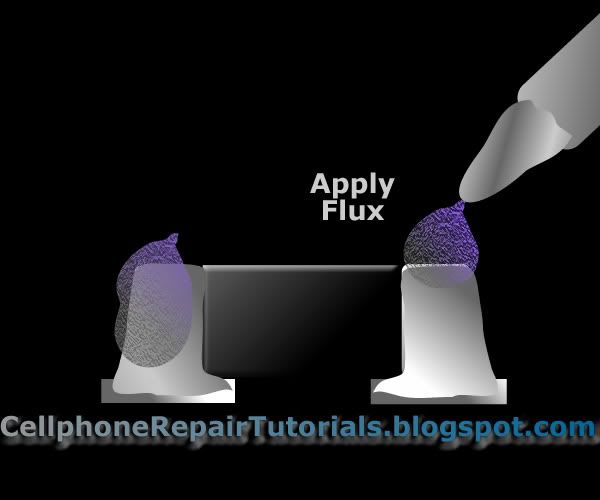
Apply Desired Amount of heat on both sides of the leads.
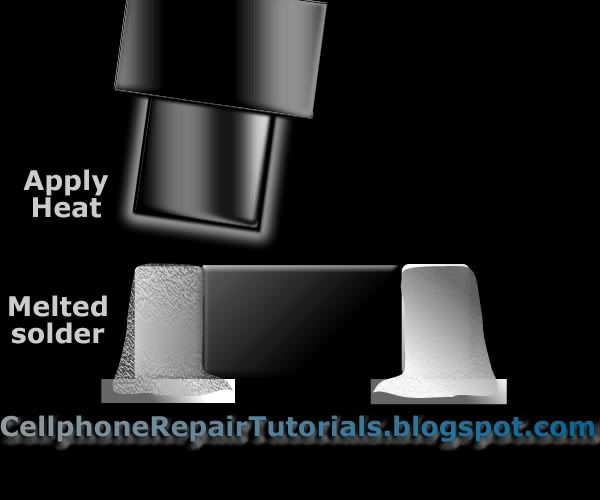
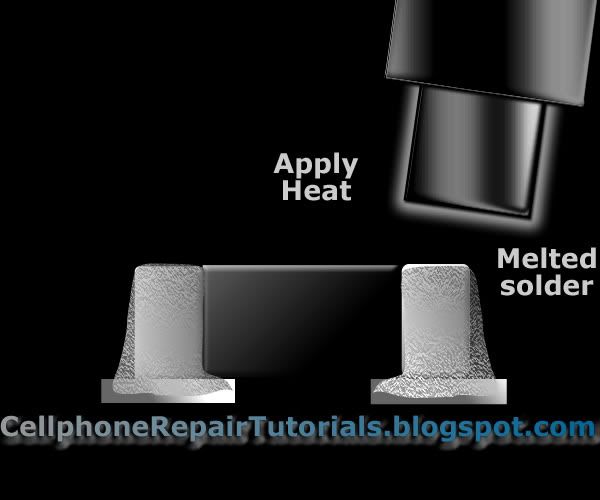
Use a Tweezer to hold the component and observed until the solder joint is melted.
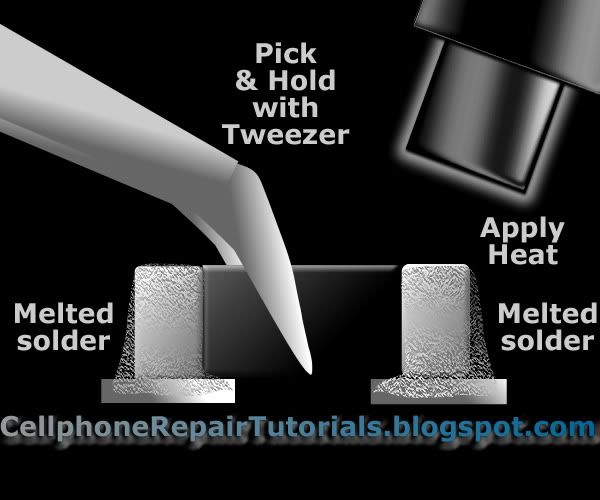
Slowly pull in upward direction, when solders are already melted. do not pull upward forcibly when the solder is not melted yet. You might end up lifted the the terminal surface pads.
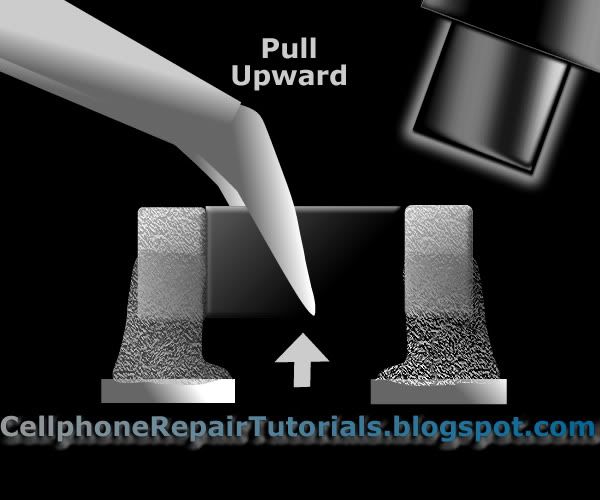
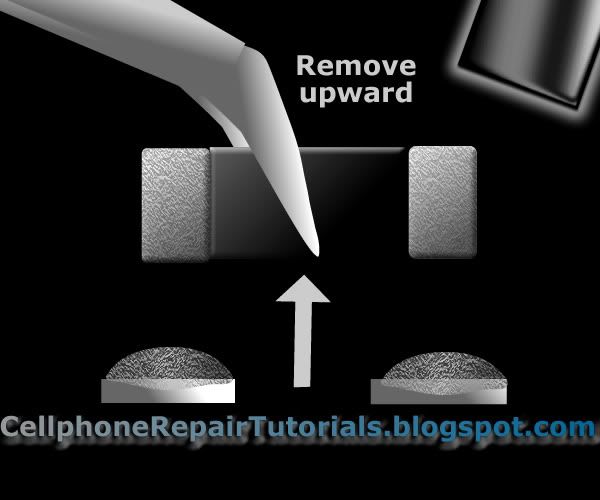
PROCEDURE TO REPLACE SMD COMPONENT
Clean the surface terminal pads with cleaning kits.
Removed remaining old solders by using solder wick
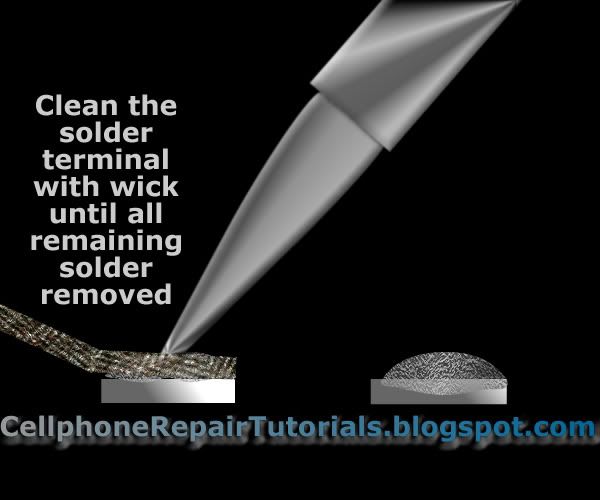
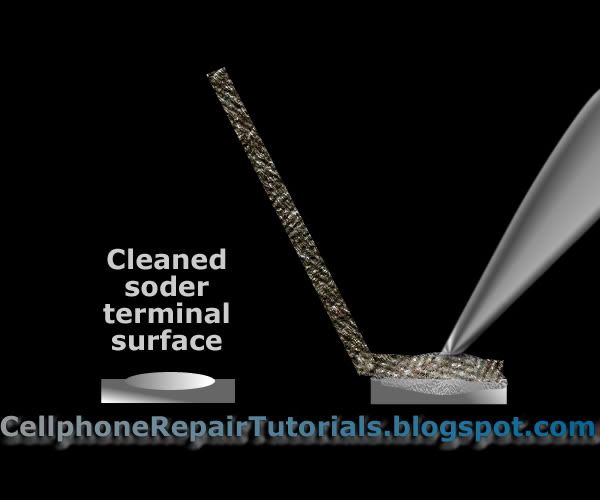
When the pads is cleaned, Apply adequate amount of flux into the pads.
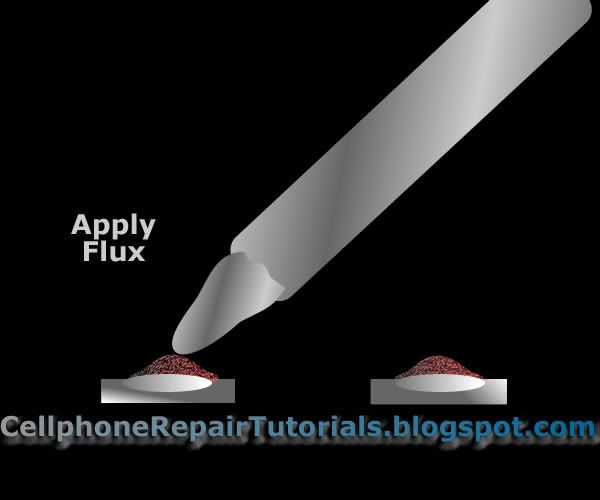
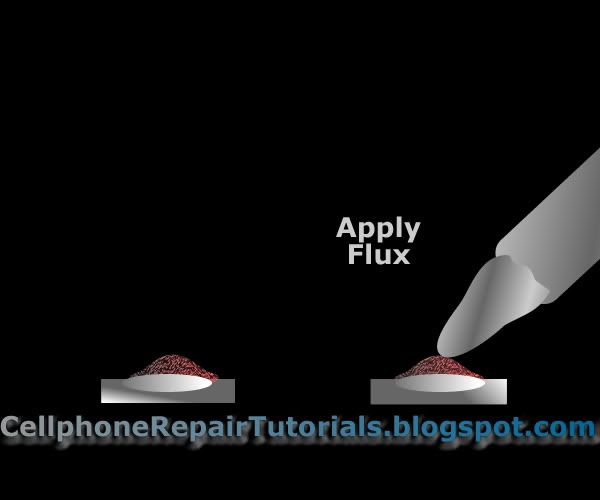
Then apply both pads with fresh solder with desired heat controlled soldering iron.
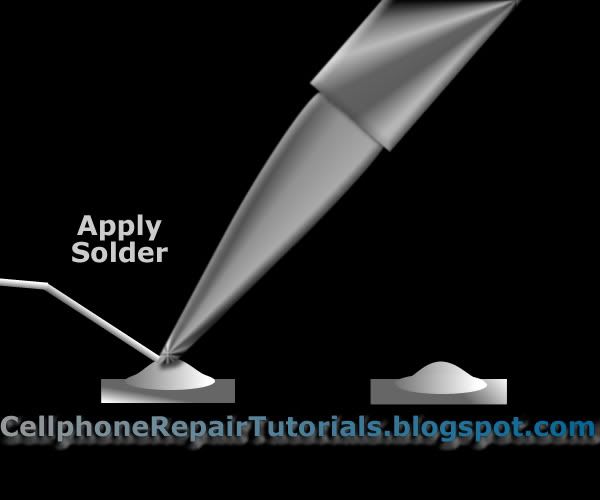
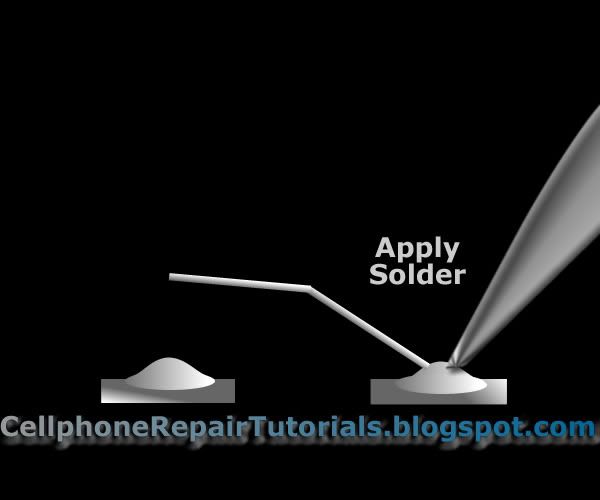
Place the component in position and hold it steady with a tweezers so that the hot air won't push the component out of alignment.
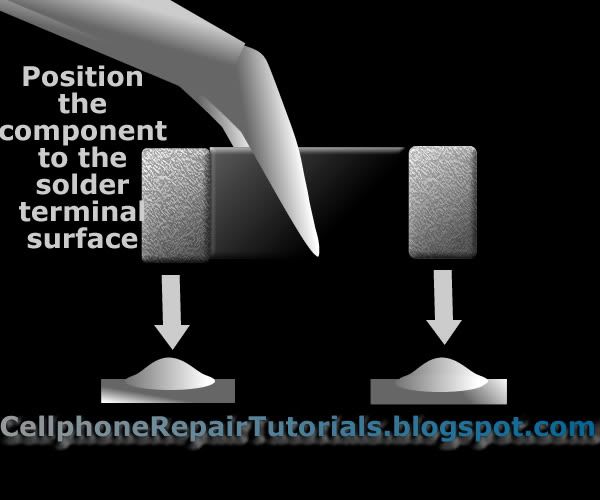
Tack it down and apply heat
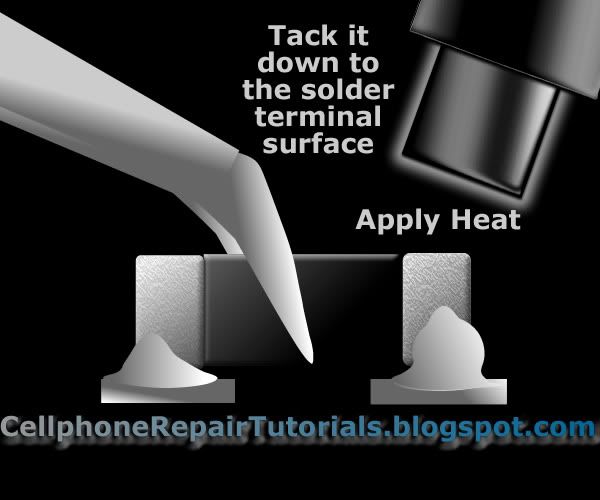
Wait a moment for the solder to solidify both leads terminal.
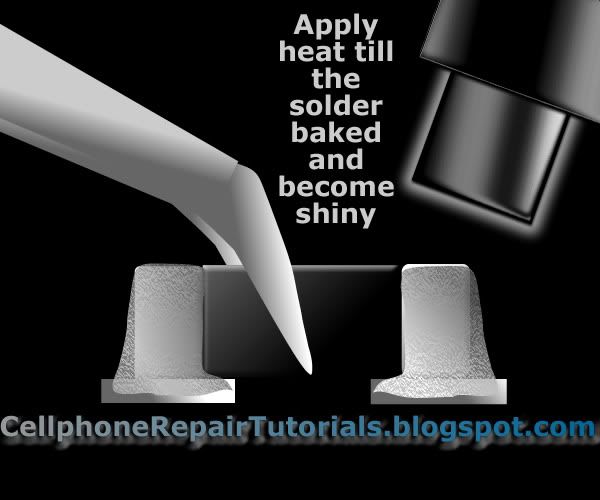
Remove heat and hold the SMD components with tweezer until the heats out and cool.
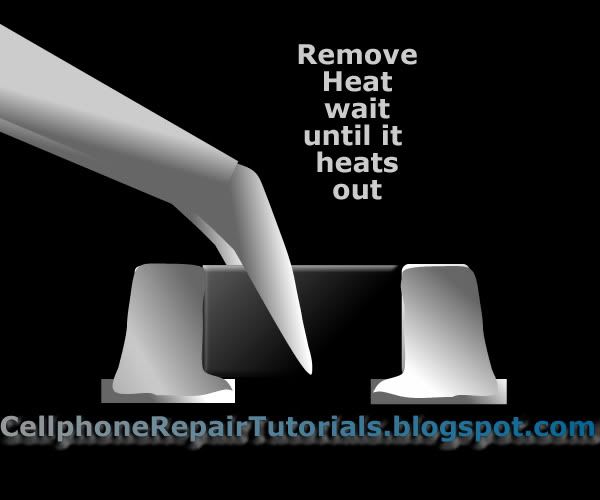
Cleaned the surrounding areas with cleaning kit.
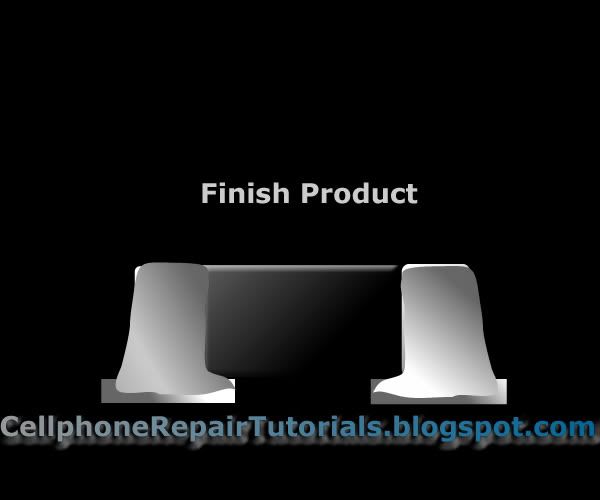
You can practice by doing this with an old and non working cellphone PC Board. The more you do practice the more you will master it. Also observed and always become familiar of Hot air and soldering iron temperature settings. In my experience various type of cellphones solders have different melting point of the solder leads. There are too soft and there are also hard soldered leads to removed.





0 comments:
Post a Comment